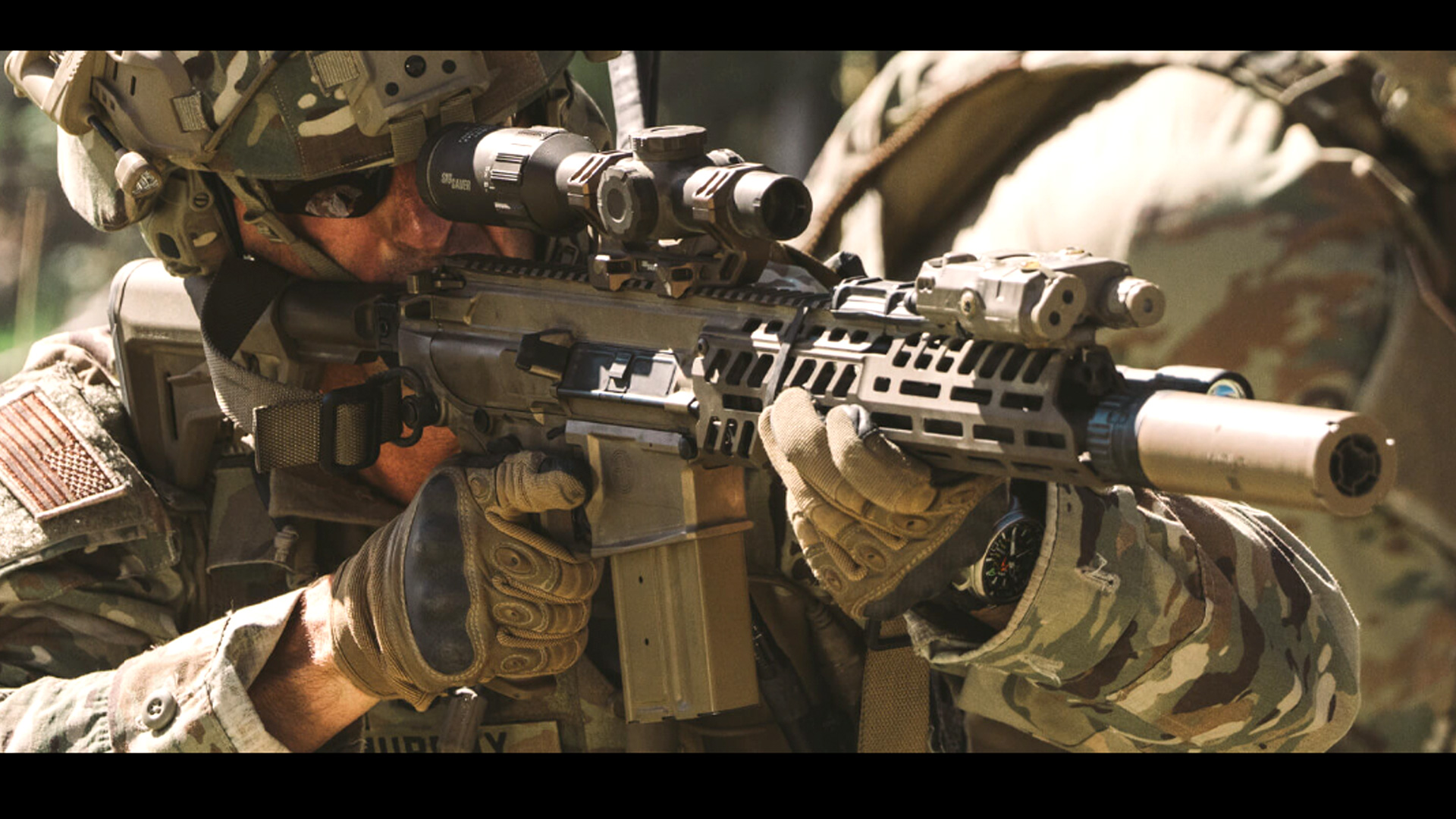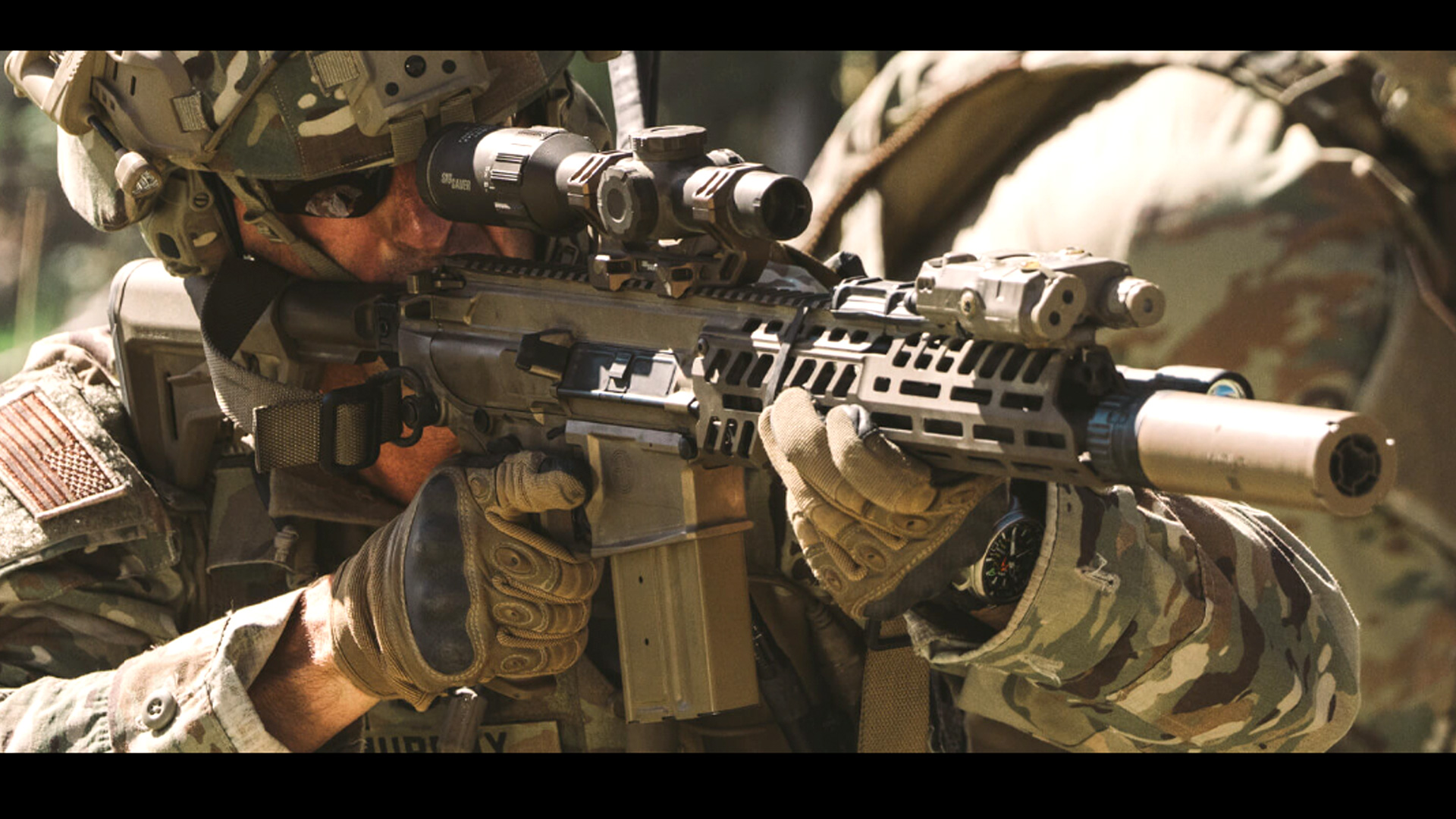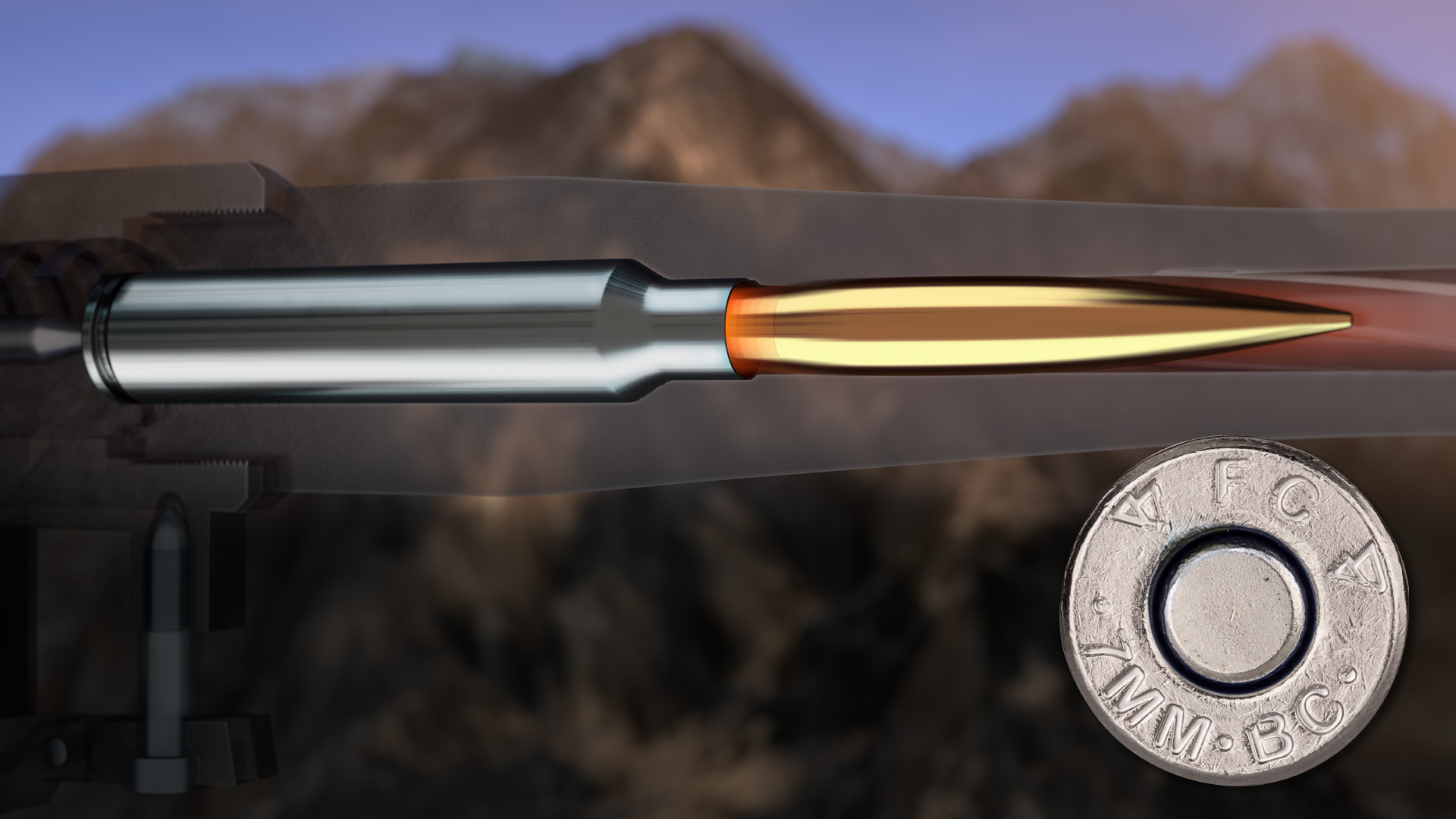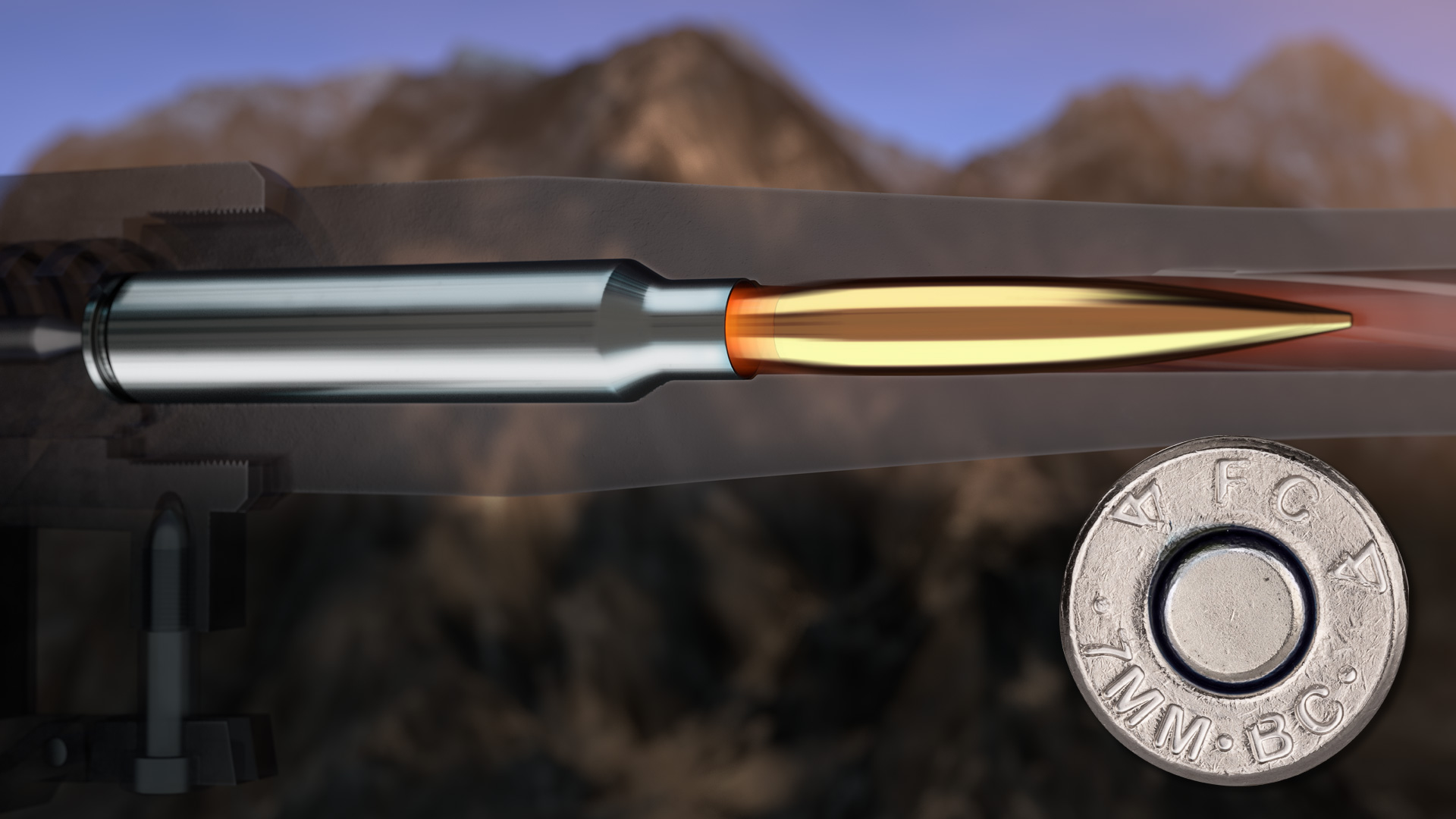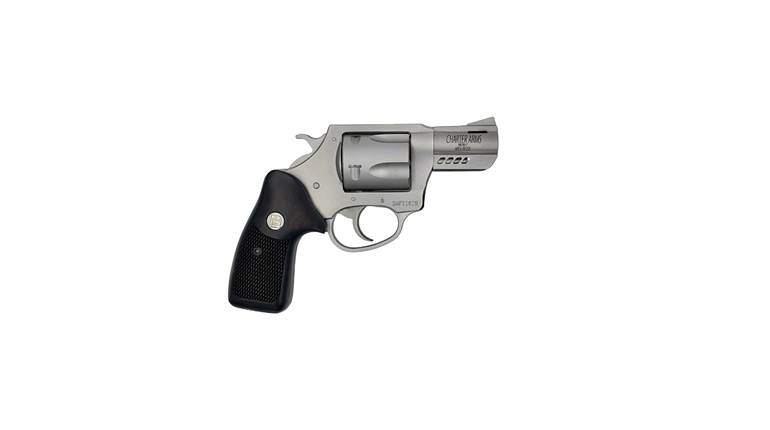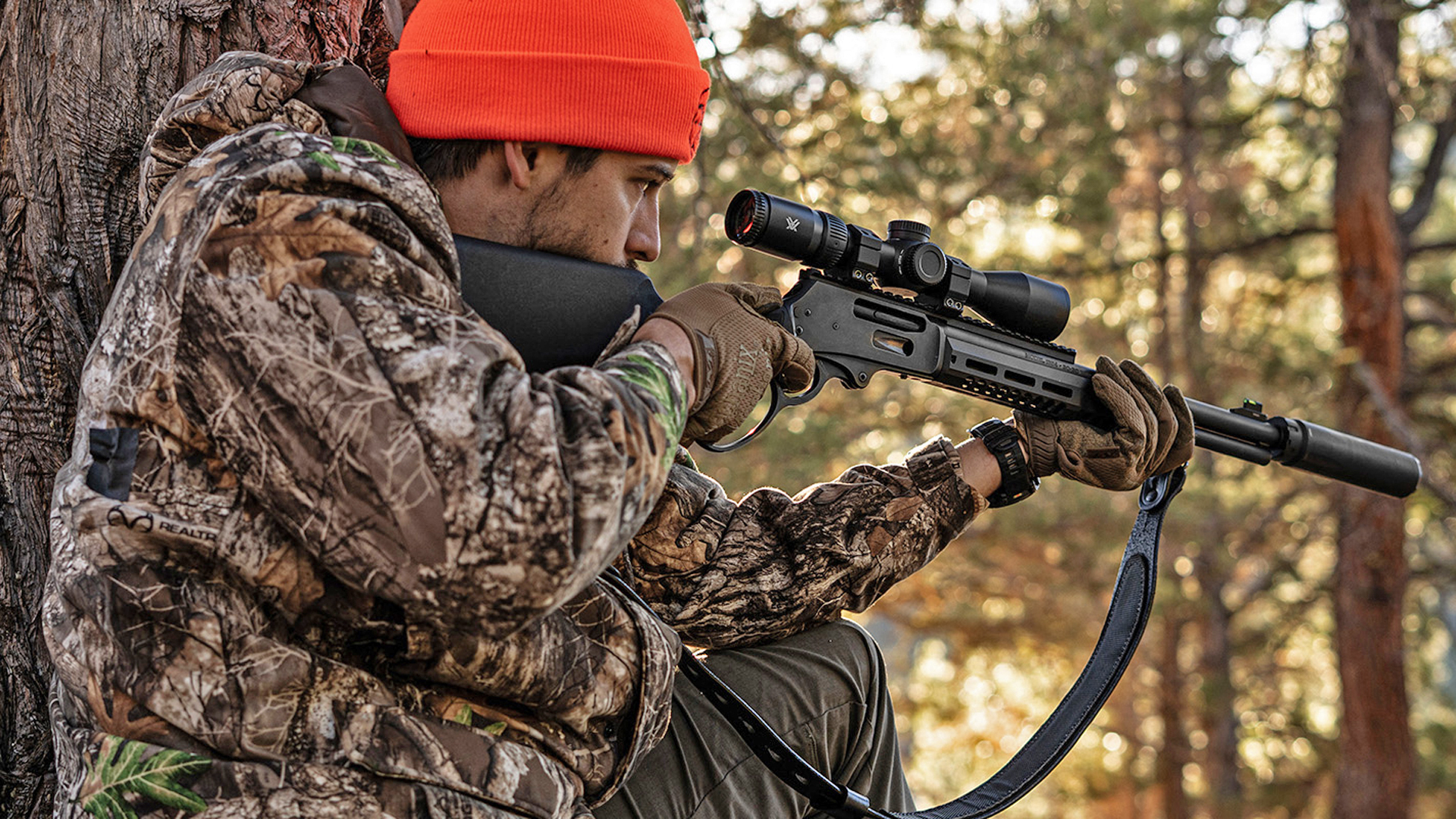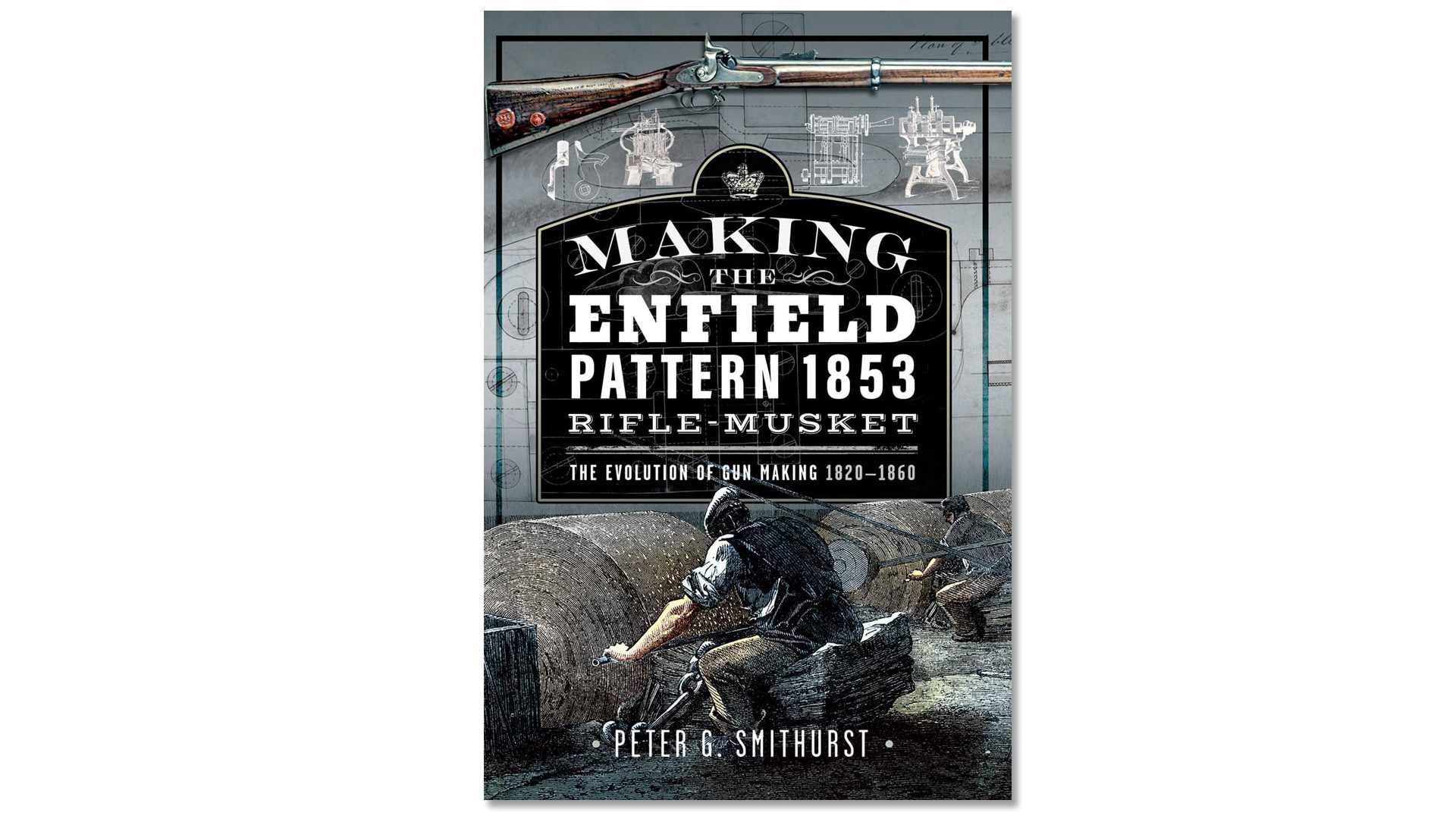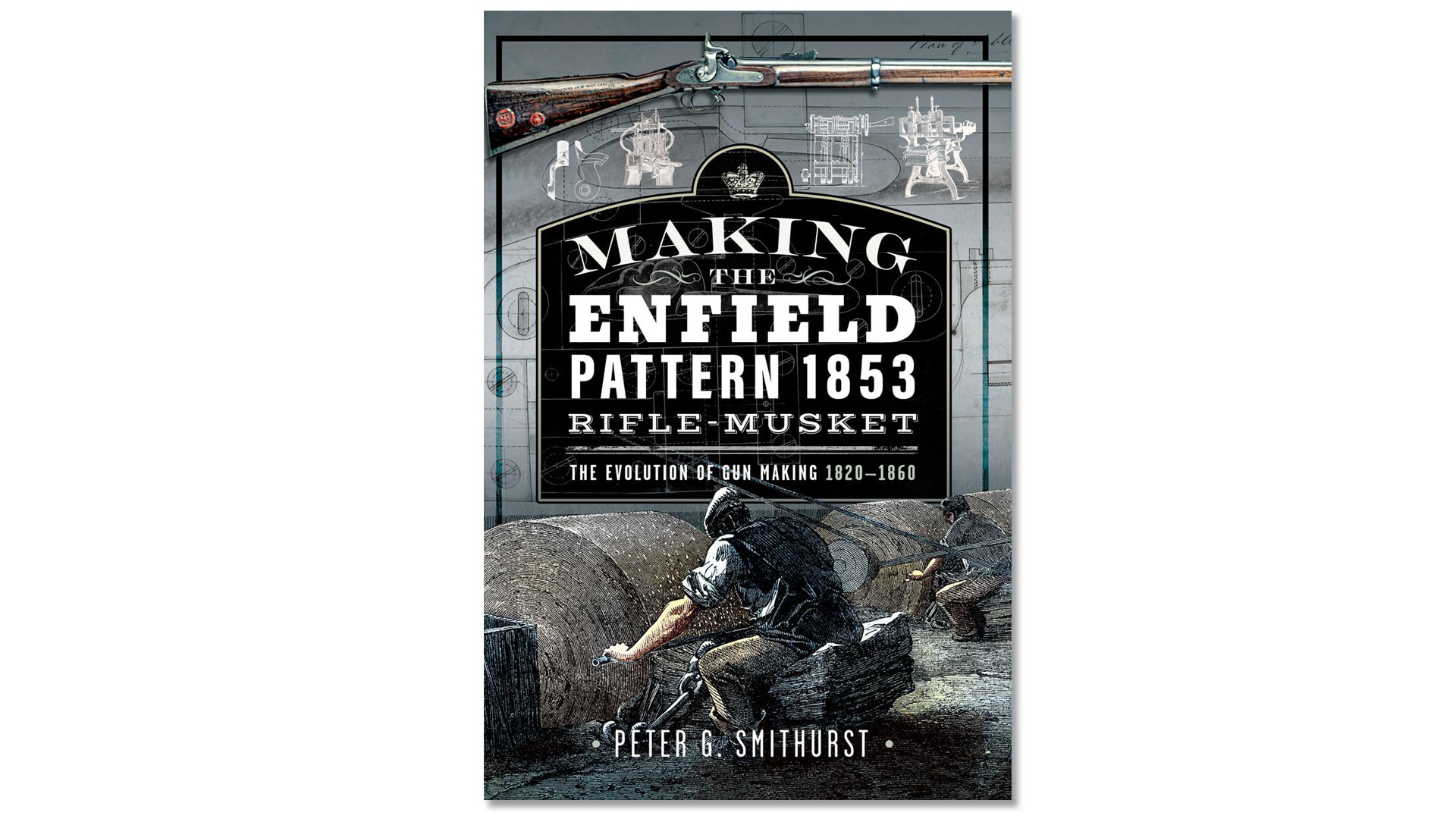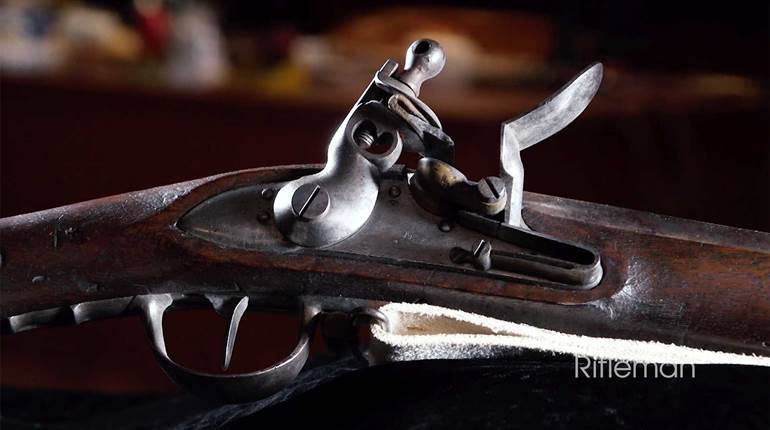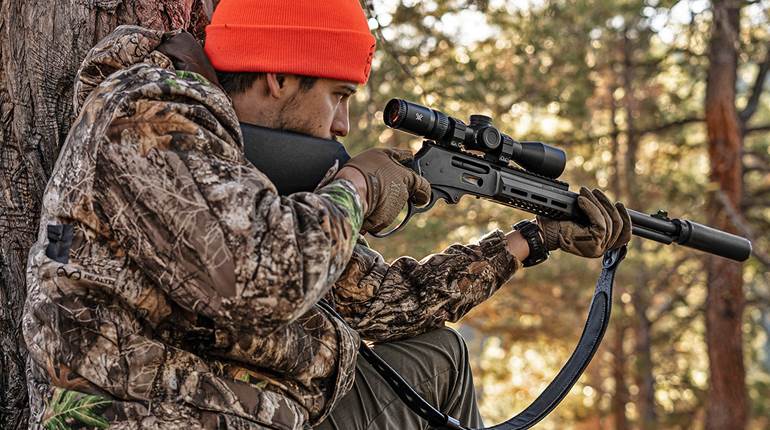
The XD-E holds seven-plus-one rounds in .45 ACP (left) and nine-plus-one in 9 mm Luger (right).
When it comes to high-quality, self-loading, personal-defense handguns, today’s American consumer is truly experiencing an embarrassment of riches. Numerous brands, calibers, sizes and styles are available from a variety of manufacturers. For the most part, though, each one represents an irrevocable commitment on the part of the buyer at the point of sale to one specific type of operating system with perhaps two modes. Whether hammer-fired or striker-fired—either partially or entirely pre-cocked—these platforms usually fall under one of the following classifications: single-action (SA), double-action/single action (DA/SA) or double-action-only (DAO). In any case, such a gun will, by virtue of its design, limit its user’s ability to deploy it with equal utility across a wide range of carry methods, clothing choices and real-world circumstances.
It’s true that some guns can be carried in more than two modes—the CZ 75 and Beretta 21A come to mind—and that a few others, such as the Heckler & Koch USP, have offered multiple modes through the use of interchangeable fire-control components. As with those first examples, though, most were either not single-stack designs or were not in a major chambering. And, as to the second, such versatility was only possible by way of mechanically reconfiguring the gun.
Change
So, what if a pistol were available that allowed the user to select from among several modes of carry in order to most safely and effectively get off that critical first shot? And what if it fired by way of an exposed hammer and featured a manual safety that also served as a decocker, making its condition at any given moment readily apparent? Even better, what if it required noticeably less force to rack its slide than many other designs? Finally, what if it were a relatively light, thin, powerful model from an established manufacturer’s successful family tree?
Just such a gun, the Springfield XD-E 3.3, is now available, having been released to the public in its 9 mm Luger chambering at the 2017 NRA Annual Meetings & Exhibits and having more recently been made available in .45 ACP. The “E” is the latest offering from the company’s well-known XD brand of polymer-frame pistols that traces its roots to the HS2000 produced 17 years ago by Springfield manufacturing partner HS Produkt in Croatia for that country’s armed services. For the past 15 years, the original XD has been imported to the United States under the Springfield Armory banner, and, in that time, has branched off into the enhanced Mod. 2 line, the match-centric XD-M line and the single-stack, subcompact XD-S line. Only the latter is similar to the XD-E with regard to its slender single-stack frame, and none of the previous XD family members shares the new model’s hammer-fired method of cartridge ignition or fire-control engineering. The XD-E is further distinguished from other XD pistols in that it does not possess passive safeties in either its grip or trigger.
According to company CEO Dennis Reese, “The creation of the XD-E was a direct response to our customers’ requests for a polymer alternative to a striker-fired pistol. Our single-stack design is an excellent DA/SA option for concealed carry, as it is extremely thin, lightweight, and easy-to-operate.” He added, “We’ve had an excellent response to the platform so far, and we plan on expanding the XD-E line accordingly.”

Choice
When it comes to carry modes, the XD-E’s lockwork allows shooters to select from a variety of options. They are described here with the understanding that a round has been chambered by the user having first manually racked the slide. Also, realize that the XD-E’s safety lever acts as a decocker. When pressed below horizontal, it meets resistance, and then, pressed farther downward, safely lowers the hammer to its at-rest position nearly against the frame. In addition, the lockwork’s design gives it second-strike capability in the event of a recalcitrant primer or light initial strike. So, if after chambering a round, the hammer and trigger are left back, applying the manual safety by moving it upward to cover a red paint dot on the slide places the gun in “cocked and locked” mode, which has faithfully served users of traditional single-action pistols for more than a century. With a downward sweep of the safety, a single-action pull of the trigger fires the first shot.
Another way to carry the gun is by lowering the hammer with the decocker, which resets the trigger to the front, allowing the gun to be carried as a traditional DA/SA. The first shot requires a rather long, heavy pull of the trigger, and subsequent shots are by way of a shorter, lighter pull—the hammer having been recocked by the slide. Yet another option is to lower the hammer with the decocker and then sweep the safety upward past horizontal. Now the gun is a DA/SA with an applied manual safety. That sort of “belt and suspenders” method may be ideal for users who have decided on appendix carry and appreciate the additional peace of mind, or for those carrying off-body. Yet another, admittedly unlikely, mode of carry might be that of decocking the gun and carrying it with the intention of drawing it and then thumbing back the hammer in order to fire the first shot in single-action mode.
Confidence
The XD-E’s hammer is its salient feature and immediately separates it from the majority of polymer-frame pistols on the market. In most of those designs, the firing pin, or striker, is surrounded by a spring that is either partially or fully retracted by racking the gun’s slide, and fires when the trigger releases it, allowing the striker to travel in a linear manner to impact the cartridge’s primer. In hammer-fired guns, the face of a shrouded or exposed hammer lies behind the firing pin, and its base pivots on a pin set at a lower point. The slide levers the hammer back during chambering of the initial round, and pressing the trigger releases it to pivot forward rapidly, striking the rear of the firing pin and thus transferring its energy to the cartridge’s primer. Although both striker-fired designs and those with a shrouded hammer may be equipped with indicators as to their state of readiness, there’s nothing quite like an exposed hammer, such as that used on the XD-E, to confirm immediately what condition the gun is in since it must be either forward and at rest, or rearward and cocked. In any case, both the hand and the naked eye can confirm the pistol’s condition—even from a distance—since the exposed hammer and manual safety’s positions are tactilely and visually apparent.
And it’s that sense of certainty for the user that prompted Springfield to bring the XD-E to market—a point reiterated in a classroom setting at its official introduction during a writer event I attended in Las Vegas a few months ago.

Convenience
The XD-E is a compact carry gun to be sure, but with the exception of having no provision for interchangeable backstraps, it doesn’t lack for features. The grip’s shape is pleasing to the hand and functional, featuring an arched backstrap and subtle finger grooves on the frontstrap. Each is wrapped in panels of Springfield’s Grip Zone stippling. Six deep grasping grooves at the rear of the Melonite-treated slide aid chambering the first round, which is a task notably easier with the hammer-fired E than with many other pistols. In fact, the Low Effort Slide is—according to Dave Williams, head of the Springfield custom shop and the company’s lead liaison with HS Produkt on the design side—between 16 and 52 percent lighter than that of several like-chambered models from other major makers. A loaded-chamber indicator, at the rear of the ejection port on the slide’s top, protrudes upward at its front to confirm that the gun is ready to go.
The combat-style sights, while fixed, are dovetailed in place on the slide and are, therefore, drift-adjustable for windage. As with other XD pistols, they are regulated for a center hold, or point-of-aim/point-of-impact relationship with the target at typical handgun distances. The rear features white dots on either side of a square notch, and the front features a red fiber-optic pipe. An accessory rail is molded into the dustcover for the attachment of lights and/or lasers.
All of this comes in a tidy package, as the 3.3"-barreled .45 ACP version of the XD-E tested here measures a scant 6.5"x5"x1.24" with that last dimension being its width across the safety levers. The slide itself measures only 0.916" wide. The gun weighs 25 ozs. with an empty six-round, flat-baseplate magazine. It also comes with a Grip X-Tension baseplate and one seven-round magazine with Mag X-Tension collar. The 3.3"-barreled 9 mm Luger XD-E has the same external dimensions, with a slide width of 0.878", and also weighs 25 ozs. with an empty eight-round, flat-baseplate magazine. It also comes with a Grip X-Tension baseplate and one nine-round magazine with Mag X-Tension collar.

Construction
The E is, by way of general description, a compact, single-stack, polymer-frame pistol with features and controls that strongly suggest its primary role is that of a concealed-carry pistol. Quality control is excellent throughout—a testimony to HS Produckt’s nearly 100 percent in-house manufacture of parts, including rotary-hammer-forged barrels, stainless steel magazine tubes and springs and injection-molded frames.
A machined steel locking block at the front of the frame and a machined steel hammer housing at its rear are shaped to form the rails on which the slide reciprocates. Solid steel castings are used for the controls, which are easy to manipulate, yet low in profile. Their positioning and stepped cross section will be familiar to users of other Springfield XDs. The bilateral magazine release, which presses inward from either side, is a round, checkered button at the bottom of the trigger guard’s rear. The bilateral safety/decocking lever is located at the frame’s rear, and, when horizontal, exposes a red dot immediately above it on the slide to indicate that the gun is off-safe. A slide latch on the left is guarded against inadvertent activation by a fenced area molded into the frame. And a takedown lever directly above the center of the trigger guard is rotated 90 degrees clockwise to remove the slide from the frame without pulling the trigger during fieldstripping. The steel trigger is noticeably wide and smooth, although in double-action mode its tip points nearly straight forward, so engaging it with alacrity requires the development of proper muscle memory.
The hammer spur is skeletonized and a cross between rowel and spur types. Its angle and horizontal serrations on its upper surface make thumbing it back easy. It’s worth noting here that, according to Williams, the XD-E “has two ‘sears’—one fires the pistol in SA mode and the other stops the travel of the hammer when it is decocked, preventing wear on the firing sear.” An external extractor lies flush on the slide’s right side to the rear of the ejection port.

Circumstance
I had the opportunity to wring out the new XD-E at the hands-on portion of the event at the Clark County Shooting Complex—a tribute to municipally endorsed firearm facilities, boasting some of the most modern classrooms, pistol bays, rifle ranges, and trap and skeet fields to be found anywhere. Following a classroom briefing on the gun’s particulars, we shot a series of practical stages designed to depict real-world scenarios. It all played out under the watchful eye of seasoned range officers, instructors and competitive shooters Rob Leatham—Springfield’s longtime pro shooter—and his wife, Kippi.
In some cases, XD-E pistols were staged, although shooters were informed of their condition beforehand in the interest of safety. For example, in one scenario, the gun was in a nightstand next to a bed on which shooters lay until a buzzer prompted them to retrieve a magazine from a drawer in a nightstand, insert it into the gun, take a knee and fire. Pistols were also drawn from a small backpack and even from the glovebox of a truck that moved into position before the shooter in the passenger seat retrieved the gun and engaged a target through the vehicle’s open window frame. Of course, we also drew the guns from belt holsters, trying our hands at typical targets such as falling plates. In all the scenarios that I witnessed, or in which I participated, the dozen or so 9 mm Luger XD-Es present performed without fault.
I initially thought the E would be prone to muzzle flip because its slide assembly appears to rest high in the hand. But it didn’t, and Williams had this to say by way of explanation: “Some people make a big deal out of bore axis height. It really doesn’t make that much difference if you balance the recoil with the proper amount of slide/barrel mass.” That was proven out again during testing back at NRA Headquarters, where the .45 ACP E performed well in a series of drills. Also, throughout the standard American Rifleman accuracy protocol of five, five-shot groups using three different factory loads, the gun—fired at 7 yds., a range appropriate to its size and intended role—exhibited excellent accuracy, producing groups averaging 1.13" overall. Even more shooting with a mix of loads provided no surprises, and, in general, I found the E quick to master and easy to shoot.

Conclusion
Individuals are, by definition, unique; most of us have particular preferences regarding the tools we use in daily life. For example, we all have different cars and phones—set up to specifically cater to our preferences. For exactly the same reason, many concealed carry practitioners prefer one firearm over another and like to carry in specific ways or in specific styles of holsters while wearing all manner of different clothing styles. It’s no wonder, then, that people’s preferences differ when it comes to the mode in which they prefer to carry those firearms.
The Springfield XD-E, with its compact size and narrow profile, its multiplicity of fire-control options, and its visible hammer and safety/decocker, is able to suit virtually any of those preferences and circumstances. Carry it any way you like and every day if you like. Regardless of which works best for you, the E will be ready.





